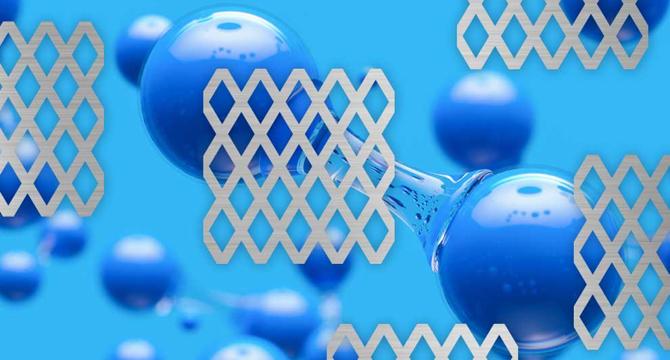Brighter Side of News
2M
0

Image Credit: Brighter Side of News
Revolutionary ‘Super Steel’ produces green hydrogen directly from seawater
- Researchers at the University of Hong Kong (HKU) have developed stainless steel for hydrogen (SS-H2), a material that produces green hydrogen directly from seawater more efficiently and eco-friendly than with titanium electrodes.
- The group's "sequential dual-passivation" technique combines chromium- and manganese-based protective layers, giving SS-H2 corrosion resistance and making it ideal for use in water electrolysis systems.
- Green hydrogen produced by splitting water into hydrogen and oxygen with clean power is essential to reducing carbon emissions.
- By addressing the challenges of cost and corrosion resistance, the team says SS-H2 offers an eco-friendlier and more cost-effective electrode choice for producing "green" hydrogen from seawater.
- A standard 10 MW proton exchange membrane electrolysis system, costing HKD 17.8 million ($2.3 million), could see material expenses reduced by up to 40 times with SS-H2, resulting in more accessible, industrial green hydrogen production.
- SS-H2 steel can also be used to create fertilisers, fuels, and other industrial products.
- The manganese-based layer on top of the chromium layer protects SS-H2 from corrosion even in saltwater environments, making it ideal for marine structures.
- The team used MXene interfacial architecture to create the graphene oxide ologomer-Ti3C2Tx composite membranes, which provide 80% removal of ciprofloxacin and 56.6% removal of arsenic.
- It has been noted that application of the complex can improve the performance of wastewater treatment systems, including those in urban areas where removal of micropollutants is a major concern.
- SS-H2 surpasses the performance of traditional stainless steel in chloride-rich environments at ultra-high potentials of up to 1,700 mV.
Read Full Article
Like
For uninterrupted reading, download the app